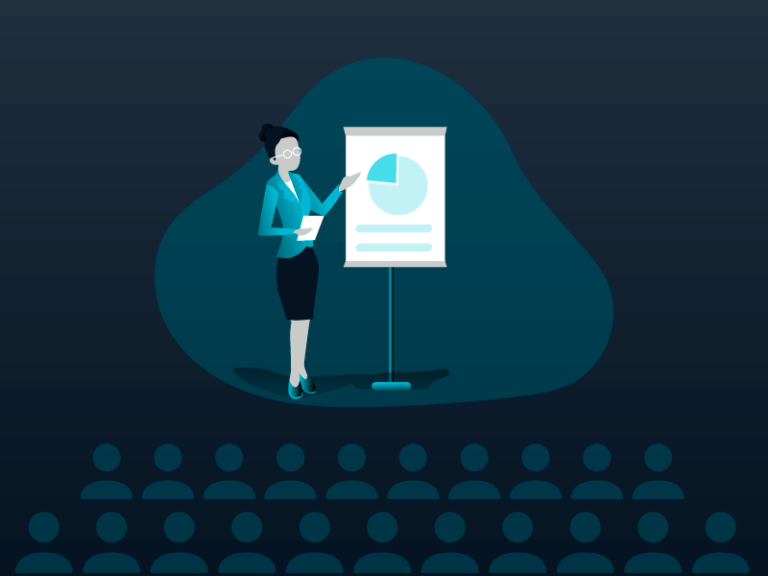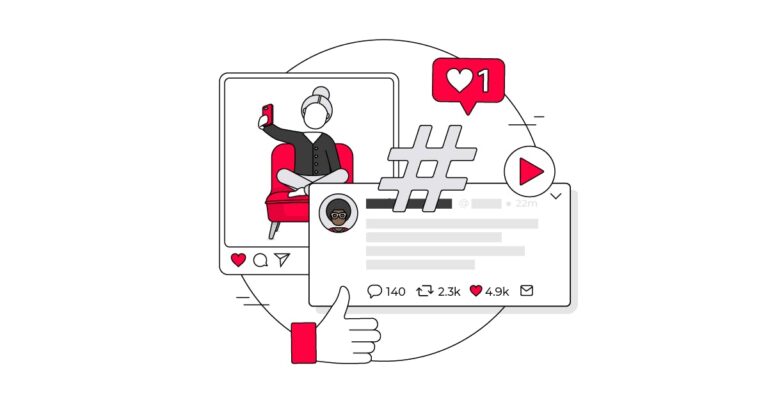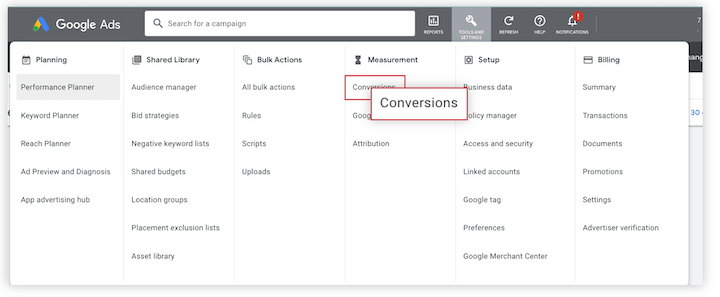If your products or promotions aren’t 100% gender-neutral, consider segmenting recipients based on gender to craft a more personal message.
Want to learn more ways you can personalize your emails?
Analyze open, click, and purchase data across mailings to determine when users are most likely to engage or convert. Pro tip: the times they are most likely to open an email might not always line up with the times they are most likely to make a purchase.
This article was co-authored by Emily Collins and Keri Brooks.
1. Contact Source
2. Email Engagement
3. Purchase Data
4. Gender
1. Contact Source Segmentation
As with engagement data, most ESPs make it simple to collect and segment on purchase data.
Set a threshold for ‘placed order within a certain number of emails/period of time’ to understand the make-up of your marketing list. Contacts who have both engaged with emails and placed a recent order are ripe for retargeting. Prime this audience for a subsequent order by reminding them what they loved about their first purchase and encouraging them to try something new.
Another use case would be if someone subscribes via your website footer rather than a pop-up that offers 20% off a first purchase.
Create a segment of contacts who are engaged with emails but have not converted and consider taking a more aggressive approach with your mailing cadence or promotional strategy, or communicate guarantees like free returns to remove anxiety from the purchase process.
Subscribers who sign up for emails via Facebook Lead Ads might need more education about your brand in an email welcome series than a contact who signed up on site. Knowing the channel in which a contact signed up and the creative or incentive that motivated them to do so gives you implicit data that can inform future communication.
Personalizing your emails based on segments not only shows that you understand and care about your customers — but they also lead to higher engagement rates, conversions, and revenue from your email campaigns.
“This metadata is essential for advanced personalization without a large engineering lift, so make sure your ESP has the capability to store it as a catalog for individualized recommendations.”
How to segment emails by contact source
The insights you’ll glean through an analysis of engagement data can inform subject lines, email content, landing page links, promotional strategy, send time and day, mailing cadence, and more.
Collecting email engagement activity is especially easy because most ESPs do it automatically, meaning there’s no extra work for you, the marketer.
Someone who took the time to seek out a sign-up opportunity in the footer is likely of higher intent and can be served a welcome email without a discount, leading to a higher margin for your brand on the first purchase.
You can use source information to determine the content of onboarding emails.
2. Email Engagement Segmentation
Cross-sell products by creating a segment of contacts that purchased X product, sending them an email with a complementary product. This can be set up as an automated flow in most ESPs.
If you haven’t already, now is the time to dig into your data and apply basic email segmentation for smarter email personalization.
- Opened
- Clicked
- Or converted from
There are a few different ways to determine a contact’s gender, but the most common is by explicitly asking the user what gendered category they’re most interested in at sign-up, or by using the category of products purchased as an implicit signal of the gender they identify with.
- What links did contacts click in a particular email?
- How many emails has a user received but neglected to open?
- What time of day or day of week are subscribers opening, clicking, or converting most often?
Depending on the platform you’re using, additional tracking code may be required to pass conversion data into the ESP, so reach out to your platform’s customer service team for documentation and set-up instructions.
How to segment emails by engagement activity
“Analyzing the engagement and conversion data of your email audience by source can give your team valuable insights to help inform marketing strategies across channels. You might be seeing similar ROAS across paid channels, but how do those contacts convert over time?”
Determine your active audience
But more robust segmentation opportunities open up when you dig deeper:
Identify unengaged contacts for reactivation
If you do not have a dedicated technical team, reach out to your ESP or overlay provider for help or documentation.
Use click data for segmentation
To take things a step further, you can move forward with A/B testing to better understand your audience’s email engagement preferences.
Find the best time to send
Passing a contact’s sign-up source into your ESP allows you to segment contacts based on where or how they came to sign up for your emails. Set a threshold for opened or clicked within a certain number of emails/period of time to inform which contacts you’ll mail to regularly.
3. Purchase Data Segmentation
Segmenting by email engagement activity is one of the easiest and most effective ways to increase ROI, making it a must for those dipping their toes into email personalization.
Here are four email segmentations that will make your emails and marketing campaigns more personalized and engaging.
Depending on which ESP and email sign-up overlay provider you utilize, setting up source code is a relatively simple process. In most cases, UTM parameters can be parsed and passed into source fields for easy segmentation.
How to segment emails by purchase data
Email segmentation is one of the most important steps you can take toward improving the performance of your email marketing program.
Use link clicks to determine contact interests or product affinity and use that information for better targeting. Example: Retarget contacts who clicked on sale/clearance links within your emails and follow-up with additional items that have been added to the sale section of your site.
Identify your active shoppers
Case study: How Ivory Ella Increased Email Revenue by 65%
Segment your non-purchasers for ongoing nurturing
While these four segmentations are basic fundamentals, you should always be on the lookout for more creative ways to segment your email audience for more personalized email marketing.
Find common attributes amongst repeat purchasers
While gender segmentation can be a powerful tool, be sure to tread lightly so as not to offend users with traditional gender roles or stereotypes. And keep in mind, when targeting based on gender, don’t be exclusive. Include products geared towards both genders.
Create cross-sell or upsell triggers
Details of a customer’s order should pass right into the ESP in real-time, allowing you to trigger post-purchase messaging and leverage additional details from their past purchase behavior to tailor future communication.
Set a threshold for contacts that haven’t opened or clicked within a certain number of emails/period of time to run through re-engagement efforts or remove from your list for hygiene purposes.
Analyze the products and promotions that compel most buyers to come back, again and again, to inform email merchandising and discounting. This type of data can also help you formulate the building blocks of a loyalty program.
Once order data is flowing into the ESP, you can quickly and easily set up valuable segments for retargeting. Email campaigns make more of an impact if the copy and imagery are reflective of the person receiving your message.
4. Gender Segmentation
“Understanding the lifetime value of subscribers based on source will allow you to better optimize spend across paid campaigns to acquire higher value and more loyal customers.”
Basic engagement data includes the emails that a user:
How to segment by gender
- Use the email hero image to represent the target gender (or include both male and female imagery for those contacts whose gender is unknown). Catering the hero image and products within an email to a specific gender can increase clicks as much as 30%.
- Test whether gender-specific copy increases engagement, using gendered pronouns or a more masculine or feminine tone.
“Every product your brand sells contains metadata: its size and dimensions, color and material, make and model, and countless other data points that might be specific to your business.”
Here’s just a few key examples:
Consider the following use cases for engagement data in your own program:
— Alyssa Jarrett, Director of Brand & Content Marketing at Iterable
Email Segmentation Means Smarter, More Personalized Emails
“If you’re a brand that focuses on a particular gender, look for ways to be inclusive. Think of those that buy gifts for the opposite gender and are on your mailing list. Just because your brand only offers products geared toward a particular gender doesn’t mean your emails have to speak to that audience exclusively.”
Once you have built out these email segmentations, you’ll find more granular insights down the road that you can use to understand your audience behaviors to develop smarter email campaigns.
Download our The Ultimate Guide to Email Personalization here. — Mandi Moshay, Director of CRM & Email at Tinuiti
— Keri Brooks, CRM & Email Strategist at Tinuiti






